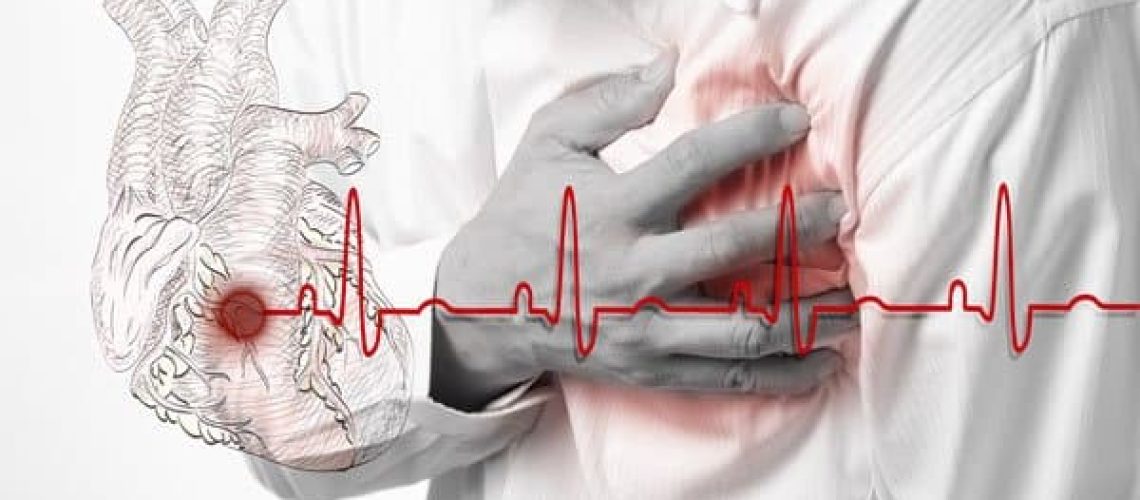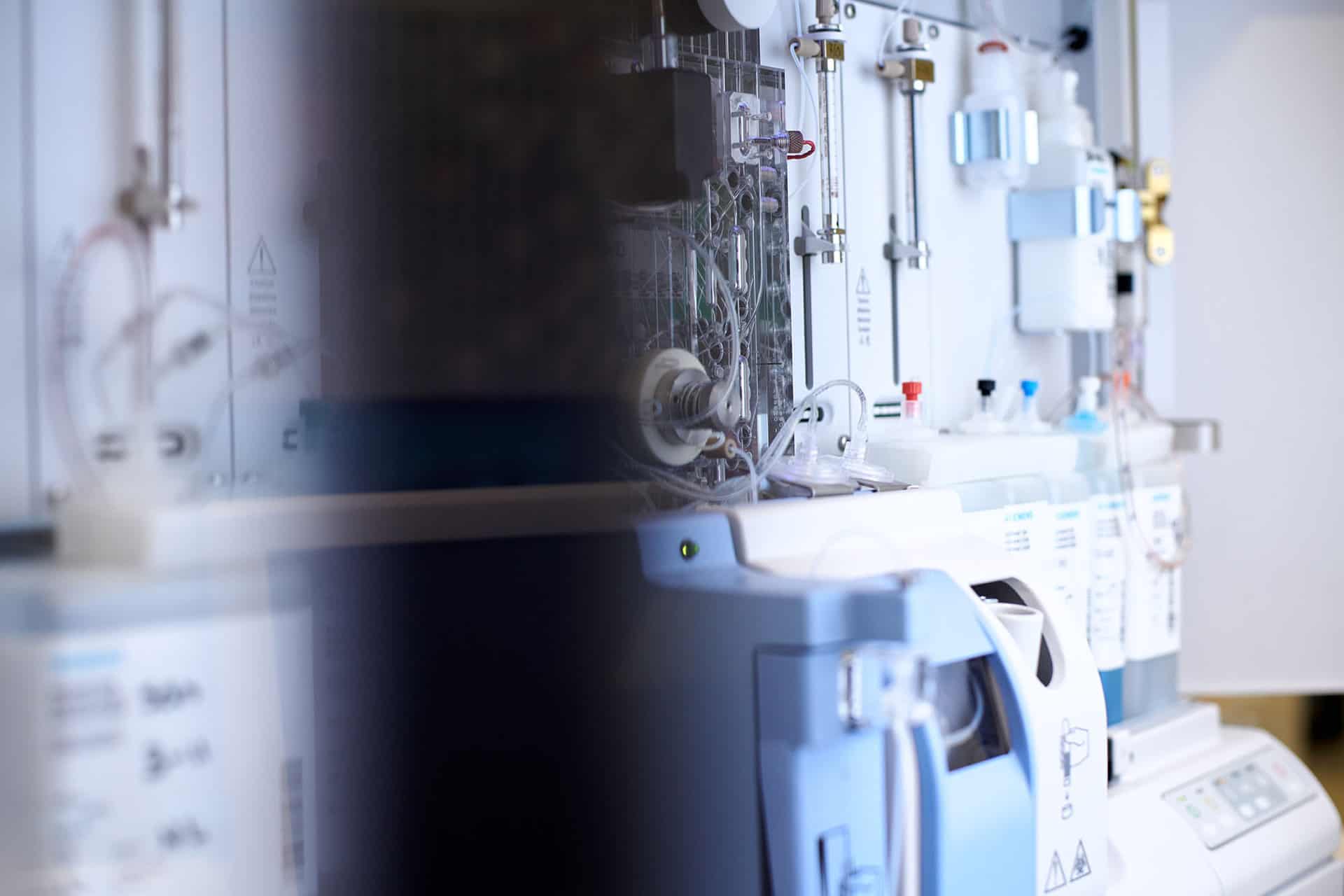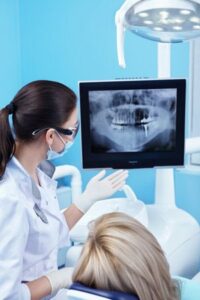 As science and medicine is becoming more comprehensive and advanced, we are beginning to see just how interconnected the body is. Of course, all aspects of the body being connected in some way is a straightforward fact for most, but what we are beginning to see is the possibility of problems in one area of the body having substantial effects on other areas that are seemingly unrelated. For instance, who would have thought that periodontal (gum) disease could increase one’s risk of heart attack, or that the bacteria involved in tooth decay and abscess could correlate with one’s risk of stroke?
As science and medicine is becoming more comprehensive and advanced, we are beginning to see just how interconnected the body is. Of course, all aspects of the body being connected in some way is a straightforward fact for most, but what we are beginning to see is the possibility of problems in one area of the body having substantial effects on other areas that are seemingly unrelated. For instance, who would have thought that periodontal (gum) disease could increase one’s risk of heart attack, or that the bacteria involved in tooth decay and abscess could correlate with one’s risk of stroke?
In the realm of dentistry, organic dentists are pioneering treatment based on these revelations. By treating the teeth and surrounding dental structures not as isolated areas with strictly local health problems, but as the central area in which all nutrients, bacteria, and substances enter the body (and therefore bloodstream), they can help ensure the health of both the mouth and the body as a whole.
Periodontal Disease and Its Links to Heart Disease
Periodontal disease is also commonly referred to as “gum disease”, and often mistakenly referred to as “gingivitis” or “periodontitis”, the former being the beginning stage of periodontal disease, and the latter being an advanced stage of periodontal disease that often leads to tooth loss.
As with almost all dental problems, the main factor involved with periodontal disease is plaque, an acidic, sticky film that builds in your mouth as a result of carbohydrates mixing with the bacteria that naturally lives in your mouth. Plaque is also the main factor of concern when it comes to heart disease. Consider that the plaque in your mouth has direct access to the bloodstream and thus to the heart, and as anyone who has suffered from periodontal disease at any stage will tell you, your gums bleed very easily as a result of this problem. Periodontal disease, being the result of plaque making its way onto and underneath the gums, can easily result in plaque also making its way into the bloodstream and, from there, into various arteries in the heart.
Periodontal disease typically result from a lack of proper dental hygiene, which involves massaging the gumline as you brush your teeth in order to clean out plaque from that area. It isn’t enough to focus on the teeth alone – the gums themselves must be brushed as well, albeit gently.
As plaque advances on the gums, the body responds by releasing a hormone that causes the gums to become inflamed. Initially, this manifests in gingivitis, which results in painful swelling and bleeding of the gums. Your organic dentist can help reverse this process by performing gum cleanings that are gentle, so as to not force bacteria and plaque into the bloodstream. However, if the problem is not reversed at this stage, it can advance into periodontitis, a condition in which the gums have become so inflamed and receded from the teeth that they loosen and are often lost. At this stage, your dentist can perform treatment and may be able to reverse the process, although it is less likely.
As time goes on, more studies are beginning to reveal the links between periodontal disease and heart disease. In one study, researchers discovered that those who had obtained successful gum disease treatment ended up paying 10 to 40 percent less money on their cardiovascular care costs than those who had not received gum disease treatment.
Tooth Decay and Stroke
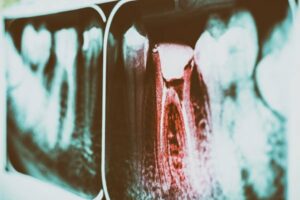 The possible link between advanced tooth decay and an increased risk for stroke lies in the Streptococcus mutans bacteria, which is a common bacteria that exists in the mouth and creates plaque when combined with carbohydrates from food. Patients who have suffered hemorrhagic stroke have also been found to contain higher amounts of Streptococcus mutans in their saliva than patients who have suffered other forms of stroke. What’s more, this bacteria is also associated with cerebral microbleeds (CMBs), which are small brain hemorrhages that can cause dementia. CMBs were found to be higher in those with high amounts of Streptococcus mutans.
The possible link between advanced tooth decay and an increased risk for stroke lies in the Streptococcus mutans bacteria, which is a common bacteria that exists in the mouth and creates plaque when combined with carbohydrates from food. Patients who have suffered hemorrhagic stroke have also been found to contain higher amounts of Streptococcus mutans in their saliva than patients who have suffered other forms of stroke. What’s more, this bacteria is also associated with cerebral microbleeds (CMBs), which are small brain hemorrhages that can cause dementia. CMBs were found to be higher in those with high amounts of Streptococcus mutans.
Tooth decay works as follows:
- Plaque builds up in the mouth as a result of carbohydrates merging with the Streptococcus mutans bacteria that naturally lives in your mouth.
- The acid in plaque begins to eat away at the enamel, the protective surrounding layer of the tooth.
- The acid then makes its way onto and into the dentin, the hard bony part of the tooth.
- A cavity forms in the dentin, and from there the acid begins to affect the tooth pulp, the soft tissue underneath the dentin that contains the tooth root.
- The pulp becomes infected and begins to swell, but the swelling is suppressed by the surrounding dentin and the pressure is thus directed downward onto the tooth root and blood vessels that supply blood to the tooth.
- The tooth root begins to die and an abscess – an inflamed pocket of bacteria (including the Streptococcus mutans bacteria) begins to form at or around the tooth root.
Due to the fact that abscesses form near the gum line, from which they often protrude, they have direct access to the bloodstream and thus to the various blood vessels in the body. In hemorrhagic stroke, the blood vessels in the brain become ruptured and cause internal bleeding.
As more and more connections between tooth decay and an increased risk for hemorrhagic stroke arise, people are beginning to turn to organic dentistry as a means of addressing the issue.
How Organic Dentistry Can Help
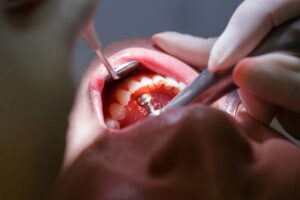 Also referred to as “holistic dentistry” or “natural dentistry”, organic dentistry focuses on how dental problems affect the body as a whole. Here are some of the things you can expect from an organic dentist:
Also referred to as “holistic dentistry” or “natural dentistry”, organic dentistry focuses on how dental problems affect the body as a whole. Here are some of the things you can expect from an organic dentist:
- Non-metal implants – Your organic dentist may use Zirconia implants rather than metal ones, as these are more bio-compatible. Not only are these implants healthier, they are just as strong as titanium implants.
- Non-amalgam fillings – Amalgam fillings contain mercury and other toxic heavy metals. Amalgam fillings also have to be wedged into place, and expand and contract due to temperature changes, all of which can create microfractures, damaging the tooth over time. Not only will your organic dentist use non-amalgam fillings, he or she may also remove old amalgam fillings placed by a previous dentist and replace them with a healthier alternative.
- Digital x-ray technology – Digital x-rays are safer than conventional x-rays, as they produce less radiation and are safer for you and the environment. They also often produce faster results and higher quality images.
As dental technology progresses, and the links between dental problems and other serious health problems grows, organic dentistry is becoming more trusted and relied upon. Even dentists who do not consider themselves “organic dentists” are beginning to adopt many of their techniques, as they see them to be inherently safer and more effective in addressing not just local dental problems, but their effects on the body as a whole.
